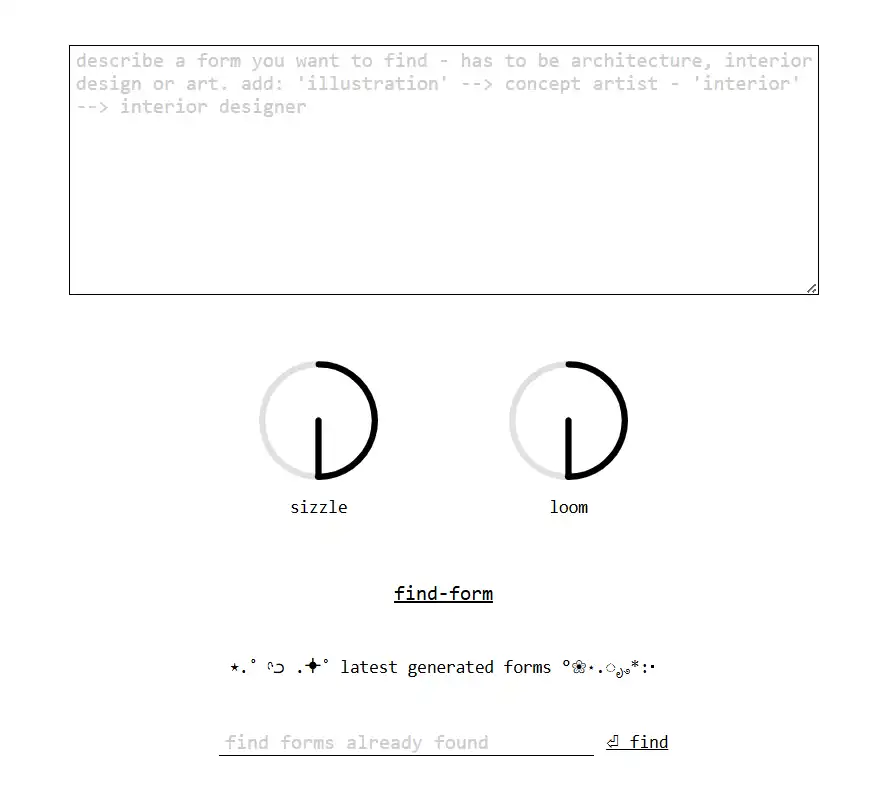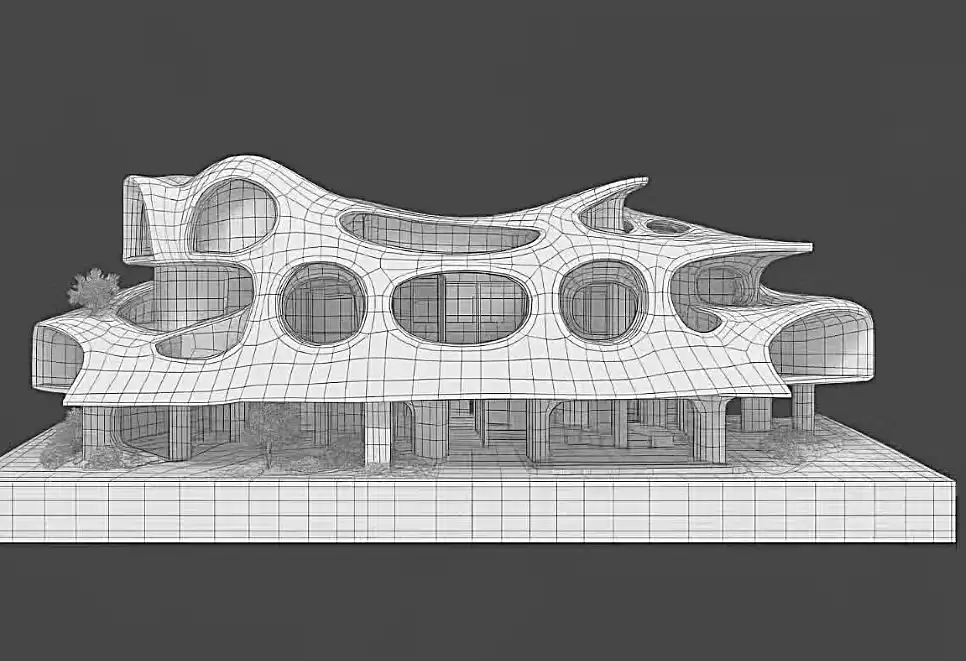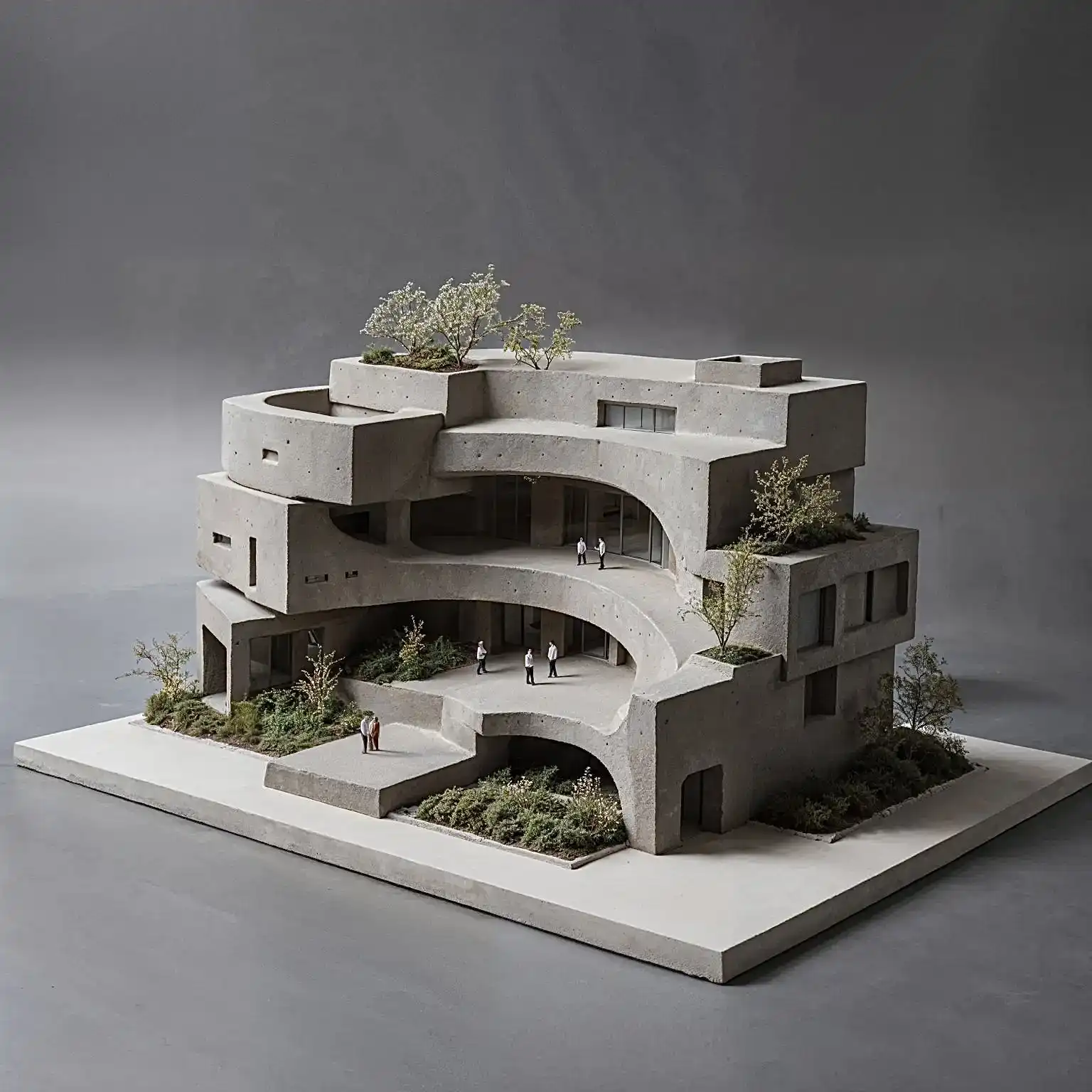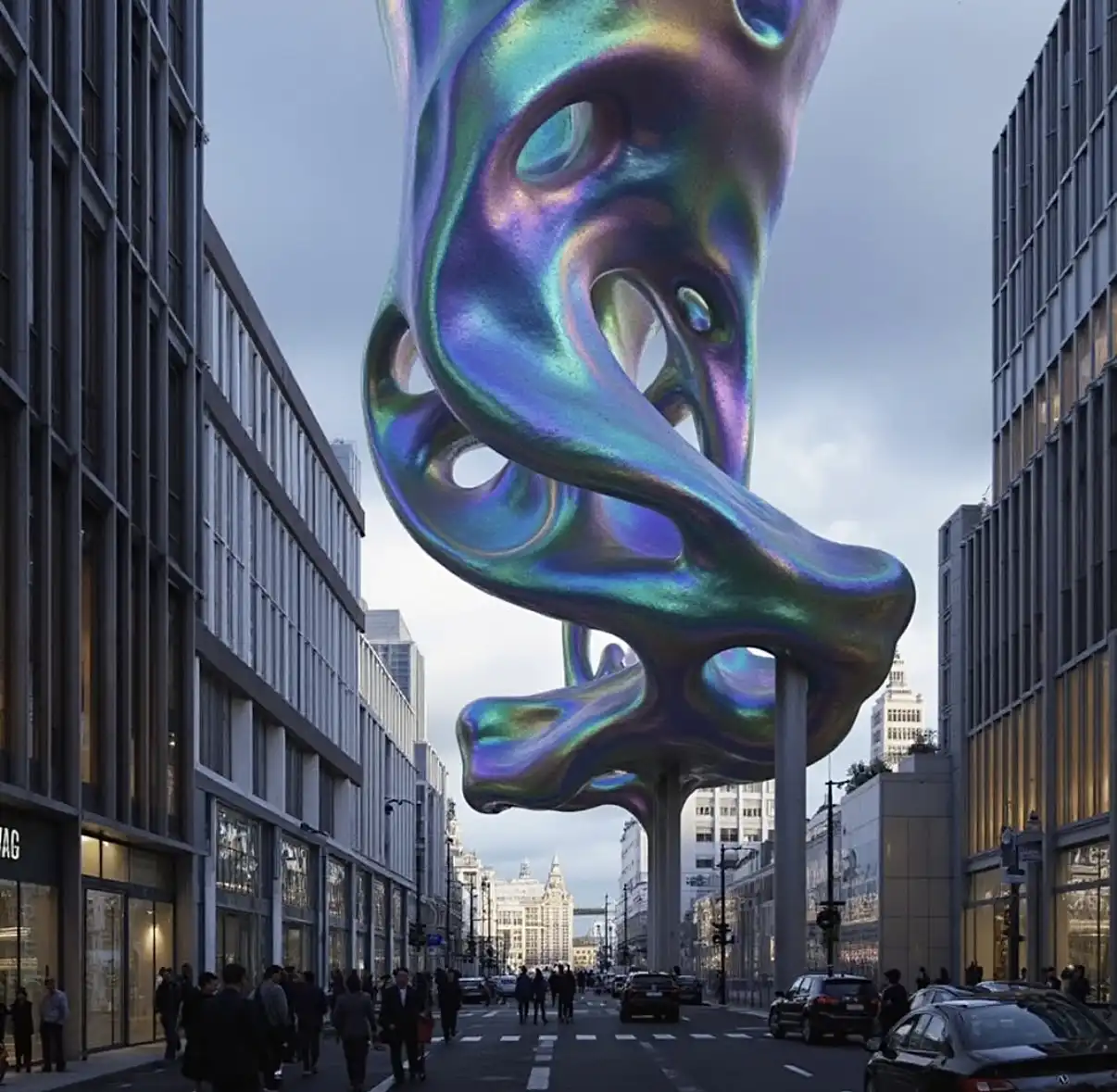.webp)
Ismail Seleit, currently an Associate at Foster + Partners, has more than ten years of expertise in BIM, AI-enhanced visualization, and computational design. His extensive knowledge of performance-driven design techniques is evident in his role, which includes both advanced architectural development and competition entries. He has a comprehensive understanding of form-making and technical systems which includes architectural engineering training from Cairo University and a master's degree in building engineering and architecture from Politecnico di Milano.

Ismail Seleit has created a unique set of AI tools designed especially for the fields of architecture and design. These include optimized LoRA models for producing high-quality architectural visualizations and Form-Finder.com, a stand-alone site that employs AI diffusion to explore architectural forms in a controlled and user-friendly manner.

His models, like the Flux LoRA series, are made to improve workflows in the fields of architecture and interior design by providing designers with more originality and accuracy than standard tools. Ismail’s work is unique because it incorporates these AI technologies into an all-encompassing educational ecosystem, where architects can put this technology to use.

Ismail's strategy is based on the idea that AI needs to collaborate with designers. Instead of replacing the architect, he promotes the use of tools like Stable Diffusion, ControlNet, and Flux models to enable a quicker, more iterative design process. In order to provide AI models creative direction while allowing for unexpected results, he advises designers to send them sketches, schematics, or depth maps. His approach is fundamentally about teaching AI to speak the architect's language through layered logic, visual control, and precise design intent rather than depending on AI to produce ideas.

Ismail's technique begins with quick ideation using Flux Schnell, a speed-optimized rapid text-to-image model. Here, descriptive prompts establish the project's mood, ambiance, and spatial orientation. This stage, in contrast to a standard drawing, is focused and generative, utilizing particular processes that take into account Flux Schnell's interpretation of massing, material clues, and architectural typologies.
After creating a base visual, Ismail advances to image-to-image workflows, using Flux Dev, a higher-fidelity model that complements ControlNets such as flux depth and flux canny, to improve the original design. In order to preserve stylistic control over linework and spatial depth, Seleit frequently layers architectural sketches, elevations, or 3D massing studies to inform AI's visual translation. This step is crucial to his technique.
Despite being quite artistic, Ismail's work is based on clear architecture. He uses architecture-specific LoRAs (Low-Rank Adaptation modules), which range from Brutalism to vernacular textures, to guarantee originality and consistency. These LoRAs are compositional tools that enable him to include architectural languages into AI's lexicon, regulating material palettes, facade logic, and even regional motifs. They are not ornamental.
Ismail uses Flux Redux for referencing in order to further improve mood and shape. This allows the model to develop continuity and depth by feeding in prior works, mood boards, or photographic studies. This stage gives the process a layer of authorship and memory, connecting earlier and more recent efforts and allowing AI to develop context awareness in his design system.

In order to enlarge images, refine details, or eliminate extraneous pieces without compromising the scene's architectural logic, Ismail uses Flux Fill for inpainting and compositional modifications. He employs high-resolution upscaling in Flux Dev for presentation, guaranteeing that the finished images preserve spatial intelligibility, lighting integrity, and texture clarity.
Seleit's notion that AI should not only provide ideas but also assist in completing them is shown in this attention to detail, which provides refinement tools that are as complicated and clear as those expected from traditional design outputs.

Ismail carries out multimodal editing using programs like Flux Kontext Dev, which simultaneously direct generation using text and images. This implies that he can request that the model modify a form, change a material, or change narrative components like signs or usage, without having to start over with a new design. It's a really effective method of working that transforms photos into dynamic, editable design papers.
He then uses Kling AI to bring the concept to life, producing evocative video walkthroughs that convey emotion as well as form. Lastly, Ismail converts views into spatial geometry with Hunyuan 2.5, turning 2D pictures into 3D models that may be used for conceptual development in programs like Blender or Rhino.
As a teacher in the field of diffusion and AI design, Ismail instructs architects on how to use tools into their workflows through his The Diffusion Architect series with PAAcademy. In order to produce intricate, theoretically rich architectural graphics, these workshops concentrate on high-control AI generation approaches.
The two-day online workshop, which is set for August 30–31, 2025, will examine ComfyUI's Flux models, which provide sophisticated control over picture creation, variation, and narrative. It carries on his goal of enabling designers to use AI critically and creatively, tools for design authorship as well as production.
You must be logged in to comment.